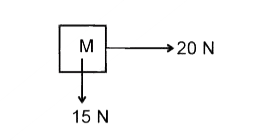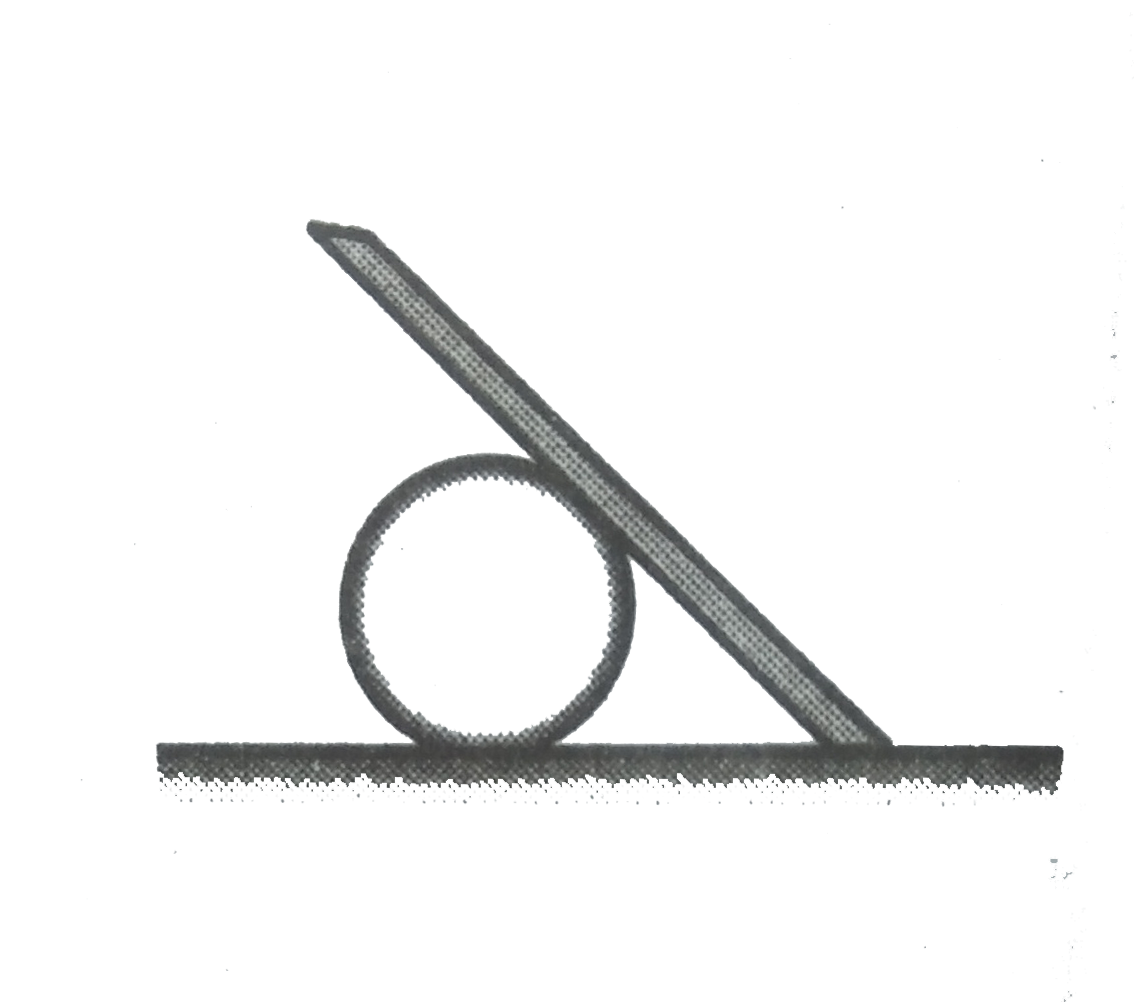Suppose your writing table (or desk) is tilted a little. A book kept on the table starts sliding down. Draw a diagram to show the direction of force of friction acting on the book.
To solve the problem of determining the direction of the force of friction acting on a book sliding down a tilted writing table, we can follow these steps:
Step 1: Understand the Scenario
- The writing table is tilted, causing the book to slide down due to gravity.
Hint: Visualize the table and the book's position on it.
Step 2: Identify the Direction of Motion
- As the book slides down the inclined surface of the table, its direction of motion is downward along the slope.
Hint: Think about which way the book is moving when it starts to slide.
Step 3: Determine the Direction of Friction
- Friction always acts in the opposite direction to the motion of the object. Therefore, if the book is sliding down, the frictional force will act upward along the slope.
Hint: Remember that friction opposes the movement of the object.
Step 4: Draw the Diagram
- Draw a tilted table and place the book on it.
- Indicate the direction of motion of the book (down the slope) with an arrow pointing downwards.
- Draw another arrow pointing upwards along the slope to represent the direction of the frictional force.
Hint: Use arrows to clearly show the direction of both the motion and the friction.
Step 5: Label the Forces
- Label the downward arrow as "Direction of Motion" and the upward arrow as "Direction of Friction."
Hint: Clear labeling helps in understanding the forces acting on the object.
Final Diagram
- Your final diagram should clearly show the tilted table, the book, the direction of motion (downward), and the direction of friction (upward).
Summary of the Solution
The direction of the friction force acting on the book is opposite to the direction of its motion, which means it acts upward along the slope of the tilted table.
---
- The writing table is tilted, causing the book to slide down due to gravity.
- As the book slides down the inclined surface of the table, its direction of motion is downward along the slope.
- Friction always acts in the opposite direction to the motion of the object. Therefore, if the book is sliding down, the frictional force will act upward along the slope.
- Draw a tilted table and place the book on it.
- Indicate the direction of motion of the book (down the slope) with an arrow pointing downwards.
- Draw another arrow pointing upwards along the slope to represent the direction of the frictional force.
- Label the downward arrow as "Direction of Motion" and the upward arrow as "Direction of Friction."
- Your final diagram should clearly show the tilted table, the book, the direction of motion (downward), and the direction of friction (upward).
The direction of the friction force acting on the book is opposite to the direction of its motion, which means it acts upward along the slope of the tilted table.
Topper's Solved these Questions
Similar Questions
Knowledge Check
- Question 1 - Select One

Two blocks A and b are placed on a table and joined by a string . The limitaing frition for both blocks is F .The tension in the string is T. the forces of friction acting on the blocks are FAandFb An external horizontal forceP=3F/2 acts on A, directed aways from B.AFA=FB=T=3F/4BFA=F/2,FB=F,T=FCFA=FB=3F/4,T=0DFA=f,FB=T=F/2
Suppose your writing desk is tilted a little. A book kept on it starts sliding down. Show the direction of frictional force acting on it.
View SolutionSuppose your writing desk is tilted a little. A book kept on it starts sliding down. Show the direction of frictional force acting on it.
View SolutionThe given figure shows a book lying on a table. The book lies as it is because of gravitational force acting upon it.
The direction of the gravitational force acting upon the book isView SolutionA block of mass m is kept on a horizontal table. If the static friction coefficient is μ., find the frictional force acting on the block.
View SolutionIn the following figure an object of mass M is kept on a rough table as seen from above. Forces are applied on it as shown. Find the direction of static friction if the object does not move.
 View Solution
View SolutionThe diagram shows a rough plank resting on a cylinder with one and of the plank on rough ground. Negtect friction between plank and cylinder. Draw digrams to show
(a) the force acting on the plank,
(b)the force acting on the cylinder.
 View Solution
View SolutionIn Figure an object of mass M=10kg is kept on a rough table as seen from above forces are appling on it as shown . Find the direction of static friction if the object does not move (Takeμ=0.4)
 View Solution
View Solution

